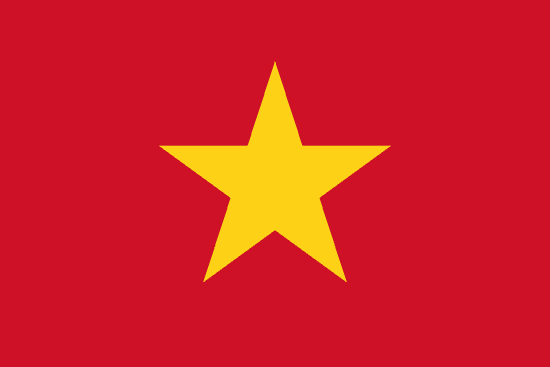"Phố cổ Hội An | Hoi An Ancient Town"
About:
Hoi An is an ancient city in Vietnam's Quảng Nam Province. Established in the 15th century, it was a significant Southeast Asian trading port from the 15th-19th centuries, known for its diverse international influences. The city's architecture, a blend of indigenous and foreign styles, reflects its multicultural history. Declared a UNESCO World Heritage Site in 1999, Hoi An is renowned for its well-preserved Ancient Town and vibrant cultural heritage. Today, it's a popular tourist destination, attracting visitors worldwide.
When to visit:
Hoi An, a charming ancient town located in central Vietnam, is best visited during the dry season which falls between February and August. This period offers pleasant weather with clear skies and lower chances of rainfall, allowing visitors to explore the town's well-preserved architecture and cultural sites comfortably. Additionally, timing your visit to coincide with one of Hoi An's many festivals can provide a unique and vibrant experience, showcasing the town's rich heritage and traditions. However, it is important to note that the town can get crowded during peak tourist seasons, so planning ahead and booking accommodations in advance is advisable.
When to avoid:
The worst time to travel to Hoi An, Vietnam on a holiday is during the peak tourist season, which typically occurs from June to August. During this time, the city experiences heavy rainfall and high humidity, making outdoor activities uncomfortable. Additionally, the streets and attractions are crowded with tourists, leading to longer wait times and difficulty in finding accommodation. It is advisable to avoid traveling to Hoi An during this period to ensure a more enjoyable and hassle-free experience.
"Wet Season (Sep–Jan)"
In Hoi An, Vietnam, the coldest and wettest season is from October to December. Average temperatures during these months range from 19°C to 24°C. This period is characterized by heavy rainfall due to the Northeast monsoon, with an average monthly rainfall of 200-220mm. The days are typically overcast with limited sunlight. For a visitor, an average day might involve navigating through rain-soaked streets with an umbrella or raincoat. Despite the weather, the city's beauty remains, with its historic architecture providing a picturesque backdrop to the rain.
"Hot Season (June-August)"
In Hoi An, Vietnam, the warmest part of the year is typically from June to August, during the summer season. During this period, average high temperatures range from 30°C to 35°C (86°F to 95°F). Rainfall is relatively low in these months, averaging around 70-100mm per month, as the wet season does not start until September.
The city enjoys an average of 6-7 hours of sunlight per day, providing ample time for outdoor activities. However, humidity levels can be quite high, often exceeding 80%, which can make the heat feel more intense. Cloudiness varies, but clear, blue skies are common, especially in the early summer.
For a visitor, a typical summer day in Hoi An would feel hot and humid, especially in the afternoon. Mornings and evenings are usually the best times for outdoor activities as the heat is less intense. Despite the high temperatures, the weather is generally sunny and dry, making it a good time for beach visits or exploring the ancient town. It's important to stay hydrated and wear sun protection due to the strong sun and high humidity.
Language:
Vietnamese is the official and most commonly spoken language in Hoi An, given its location in Vietnam. However, due to the city's popularity as a tourist destination, English is also widely spoken, particularly in hotels, restaurants, and tourist attractions. Additionally, French and Chinese can occasionally be heard, reflecting the city's historical ties and diverse visitor base.




